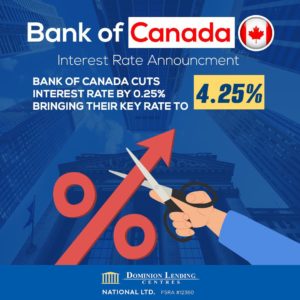🌟 Yes, You Can Own a Home on a Low Income! 🌟
Getting a mortgage on a low income can be challenging, but it’s not impossible! With the right guidance and lenders who understand your unique needs, homeownership is within reach. Here’s how:
Top Tips for Low-Income Homebuyers: 1️⃣ Explore Government Programs: Programs like the First-Time Home Buyer Incentive and Home Buyers’ Plan can reduce your down payment burden. 2️⃣ Look for Alternative Lenders: Consider credit unions, smaller banks, or mortgage lenders that cater to non-traditional income earners. 3️⃣ Boost Your Credit Score: A higher score can help secure better rates, even with a lower income. 4️⃣ Get Pre-Approved: Know what you can afford and strengthen your negotiating power.
Lenders That Support Low-Income Homebuyers:
- 🏦 Home Trust: Works with clients who have non-traditional incomes.
- 🏦 Equitable Bank: Offers flexible mortgage solutions for low-income earners.
- 🏦 Meridian Credit Union: Known for personalized service and flexible mortgage options.
👉 Swipe left to see how you can qualify and tips to improve your approval chances!
Need guidance? Contact us today to explore your options!
Published by: Gurmaan Mortgages
437-484-3273
Low-Income Mortgage Lenders in Canada 🏡
Mortgage Tips Gurjant singh Gurjant singh 10 Sep
